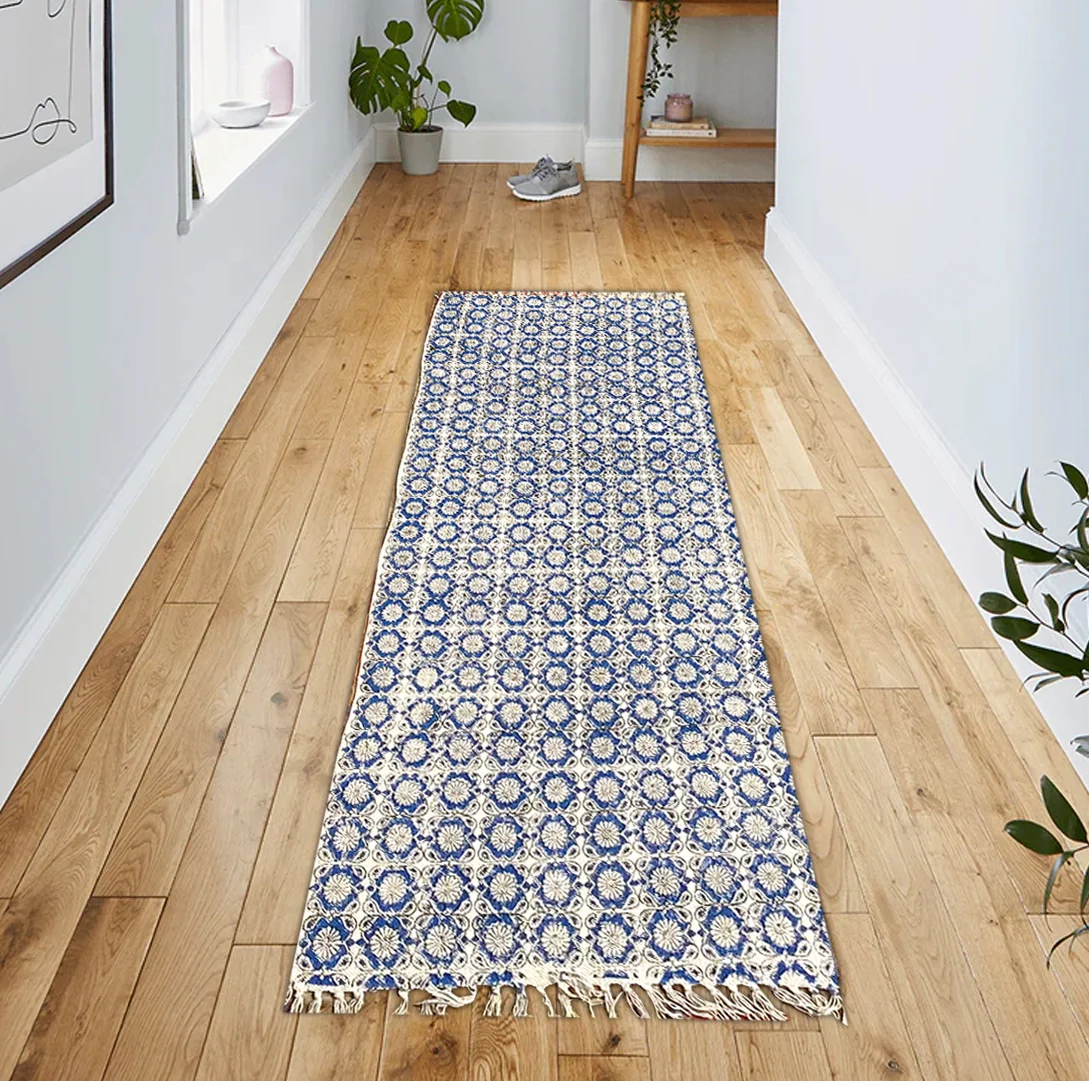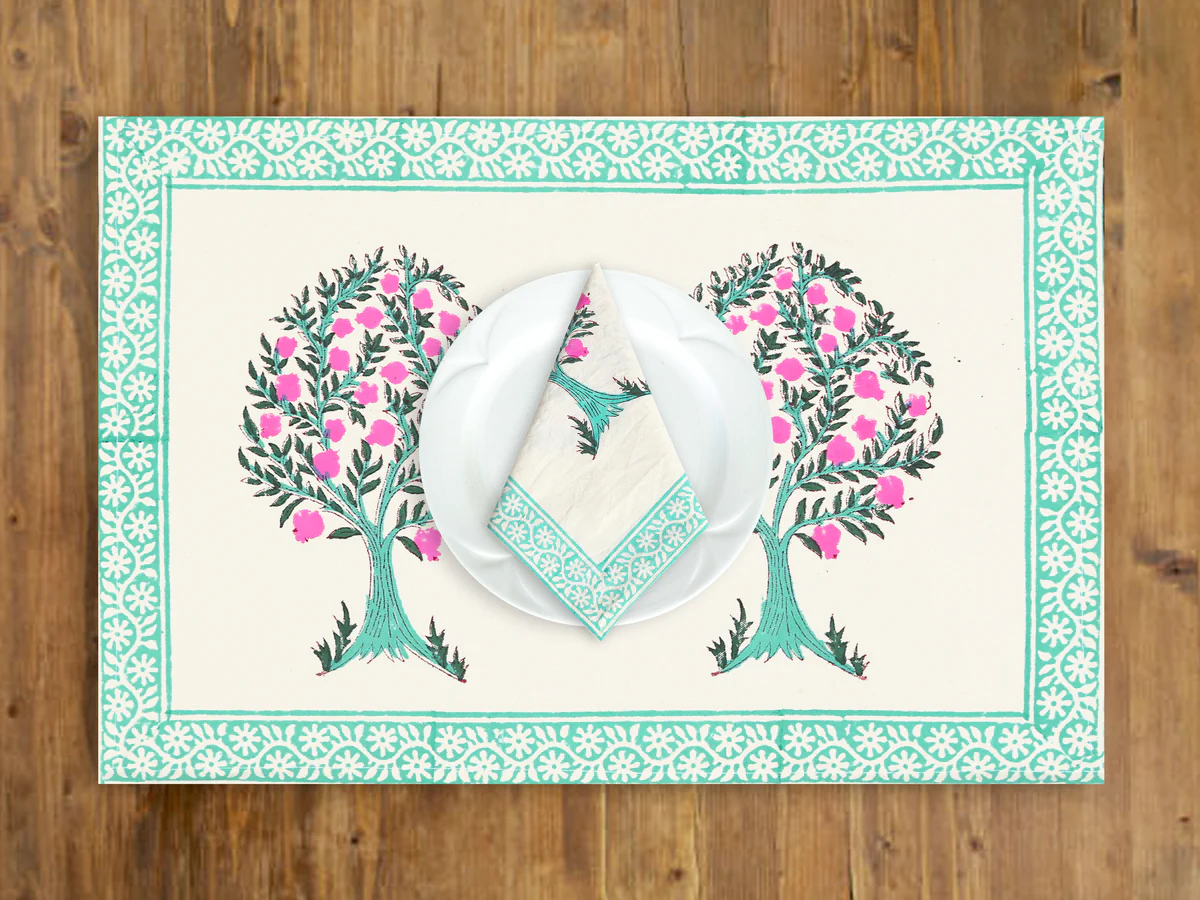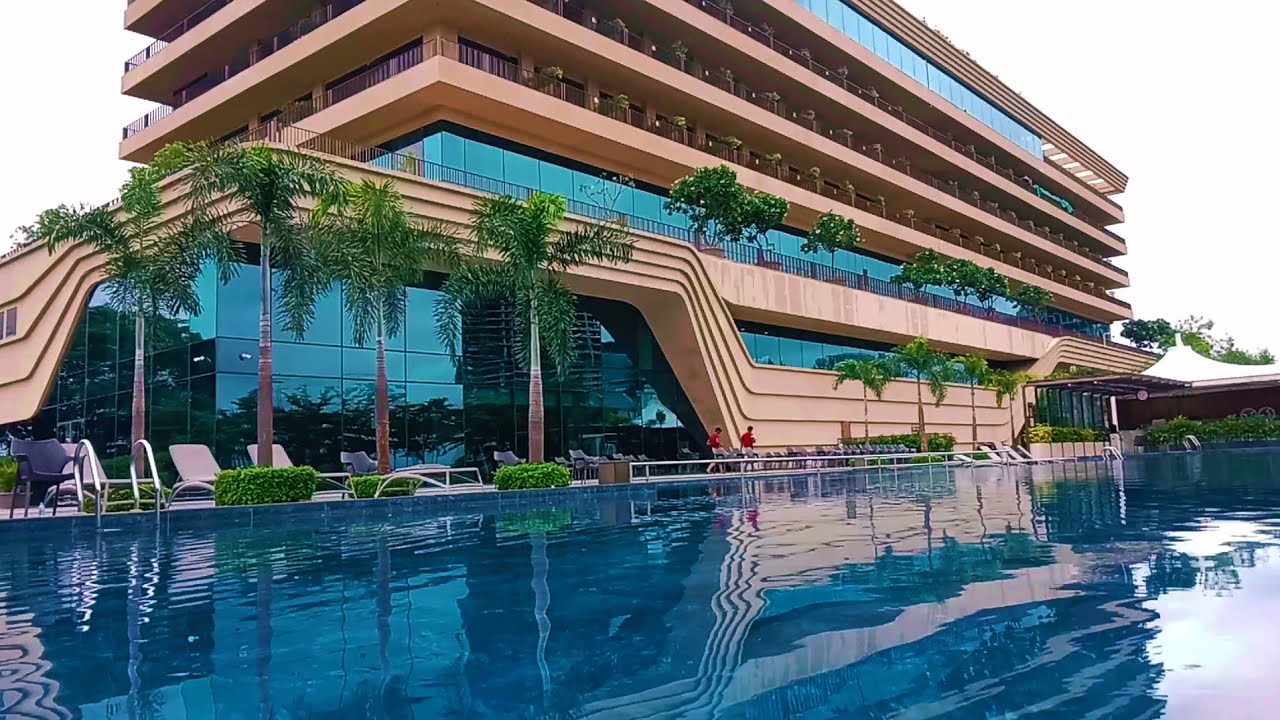Introduction to Jaisalmer’s Havelis
Jaisalmer, often referred to as the Golden City of India, is home to some of the most stunning architectural marvels in Rajasthan. The city’s historical havelis stand as a testament to its rich cultural heritage, reflecting the opulence of its past and the craftsmanship of Rajasthani artisans. These havelis, built during the medieval trading era, were once the residences of wealthy merchants who played a crucial role in shaping the region’s economy. Today, these grand mansions serve as historical landmarks that offer visitors a glimpse into Rajasthan’s royal past.
The intricate carvings, jaali work (lattice windows), fresco paintings, and grand courtyards of these havelis are a fine representation of Rajasthani and Mughal architectural fusion. Each haveli has a story to tell—of its inhabitants, its construction, and the history of Jaisalmer itself. In this guide, we will explore the most iconic havelis of Jaisalmer, their cultural significance, and why they remain a cornerstone of heritage tourism.
Patwon Ki Haveli: The First Mansion of Jaisalmer
Origins and Architectural Brilliance
Patwon Ki Haveli is one of the most famous and architecturally significant havelis in Jaisalmer. Built in 1805 by Guman Chand Patwa, a wealthy trader, this haveli is actually a cluster of five separate mansions, each built for his five sons. It was the first haveli to be constructed in Jaisalmer and remains one of the finest examples of Rajasthani craftsmanship.
The haveli’s intricate facades, detailed mirror work, beautifully carved balconies, and ornate pillars make it a visual delight. The interiors are adorned with mural paintings, gold leaf embellishments, and elaborate wall art, showcasing the wealth and artistic patronage of its original owners.
Cultural and Historical Importance
Patwon Ki Haveli is often referred to as a “museum of the past” due to its well-preserved artifacts. The haveli also houses an archaeological museum that features artifacts, vintage furniture, and traditional Rajasthani household items, giving visitors an insight into the lifestyle of Jaisalmer’s merchant class.
This haveli played a crucial role in Jaisalmer’s trade history, as the Patwa family was known for dealing in gold, silver, and opium, making them among the wealthiest families in Rajasthan during the 19th century. Today, Patwon Ki Haveli remains a cultural hub, attracting history enthusiasts, photographers, and architecture lovers from all over the world.
Salim Singh Ki Haveli: The Haveli with a Distinctive Peacock-Shaped Roof
An Architectural Wonder
Salim Singh Ki Haveli, constructed in 1815, is one of the most distinctive havelis in Jaisalmer. What sets it apart is its peacock-inspired roof and 33 intricately designed balconies, each with unique carvings. Unlike most havelis that were built using traditional sandstone, this mansion features an unconventional yet eye-catching design that adds to its charm.
A Story of Power and Influence
Salim Singh, after whom the haveli is named, was the Prime Minister of Jaisalmer during the late 18th and early 19th centuries. He was known for his political ambitions and powerful rule. The haveli’s design is said to have been inspired by his desire to create a palace that could rival Jaisalmer Fort. However, legend has it that the king of Jaisalmer ordered the top floors to be demolished as he feared Salim Singh’s growing power.
Today, Salim Singh Ki Haveli stands as a symbol of Jaisalmer’s political history, blending architecture with the ambitions of its past rulers. The delicate frescoes, intricate arches, and fine mirror work still preserve the grandeur of the era.
Nathmal Ki Haveli: The Twin Architects’ Marvel
A Unique Synchronized Creation
Nathmal Ki Haveli, built in the late 19th century, is an architectural marvel in Jaisalmer, credited to two brothers—Hathi and Lulu. The most intriguing aspect of this haveli is that the two brothers worked on opposite sides of the mansion simultaneously, leading to a perfectly symmetrical yet slightly different design on both sides.
Blend of Mughal and Rajput Styles
Unlike many havelis in Jaisalmer, Nathmal Ki Haveli features a mix of Rajput and Mughal influences, showcasing beautifully carved pillars, elephant sculptures, and intricately detailed balconies. The interior walls are adorned with gold paintings, further adding to the mansion’s opulence.
The haveli was commissioned as a residence for the then-Prime Minister of Jaisalmer, Diwan Mohata Nathmal, and its construction reflects the fusion of Indian and Persian craftsmanship. Today, it stands as a living example of artistic ingenuity, drawing tourists, historians, and culture enthusiasts.
The Cultural Significance of Jaisalmer’s Havelis
Jaisalmer’s havelis are more than just tourist attractions; they represent the cultural evolution of Rajasthan. These mansions tell the story of Jaisalmer’s strategic trade position, its flourishing business community, and the architectural brilliance of past generations.
Why Havelis Matter in Rajasthan’s Heritage
-
Symbol of Wealth and Power – The havelis were built by influential families who played a key role in Jaisalmer’s economy.
-
Preserving Local Art Forms – The designs, paintings, and carvings in these havelis showcase traditional Rajasthani and Mughal craftsmanship.
-
Architectural Legacy – The use of yellow sandstone, intricate balconies, and elaborate jharokhas (overhanging enclosed balconies) defines the timeless beauty of Jaisalmer’s havelis.
Even today, the narrow lanes of Jaisalmer’s old city are lined with these centuries-old havelis, each offering a different perspective into the region’s heritage and artistry.
Visiting Jaisalmer’s Havelis: A Travel Guide
For those interested in heritage tourism, exploring Jaisalmer’s havelis is a must. Here’s how you can plan your visit:
Best Time to Visit
The ideal time to explore Jaisalmer’s havelis is between October and March, when the weather is pleasant for sightseeing.
Entry Fees and Timings
-
Patwon Ki Haveli – ₹50 for Indian tourists, ₹100 for foreign tourists. Open from 9:00 AM to 5:00 PM.
-
Salim Singh Ki Haveli – ₹30 for Indian tourists, ₹70 for foreign tourists. Open from 8:00 AM to 6:00 PM.
-
Nathmal Ki Haveli – Free entry, open all day.
Other Attractions Nearby
If you’re visiting these havelis, consider exploring:
-
Jaisalmer Fort – One of the few living forts in the world.
-
Desert Camp in Jaisalmer – Experience a stay in an authentic luxury tent in the Thar Desert here.
-
Luxury Tent in Jaisalmer – Enjoy an unforgettable night under the stars here.
Conclusion
Jaisalmer’s havelis stand as time capsules, preserving the grandeur, artistry, and culture of Rajasthan’s golden past. Their detailed carvings, historical significance, and intriguing stories make them a must-visit for anyone looking to experience India’s rich heritage. By exploring these havelis, one not only witnesses extraordinary craftsmanship but also steps into a world where history, culture, and tradition come alive.








